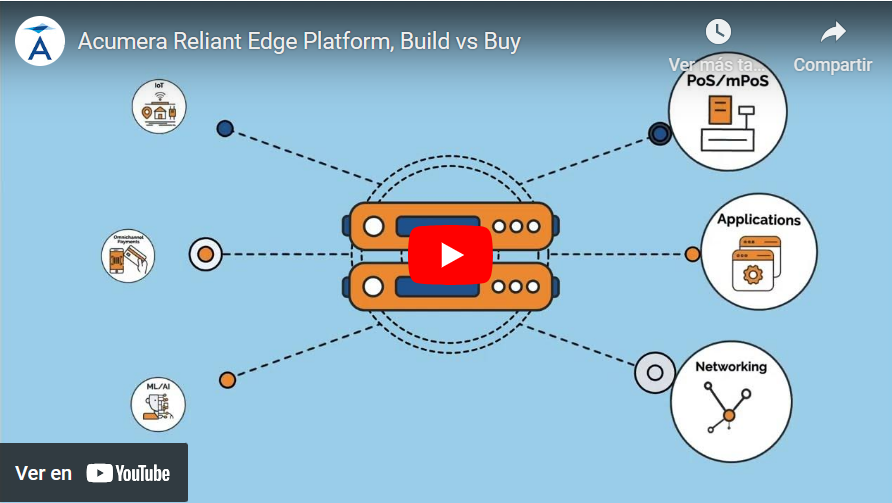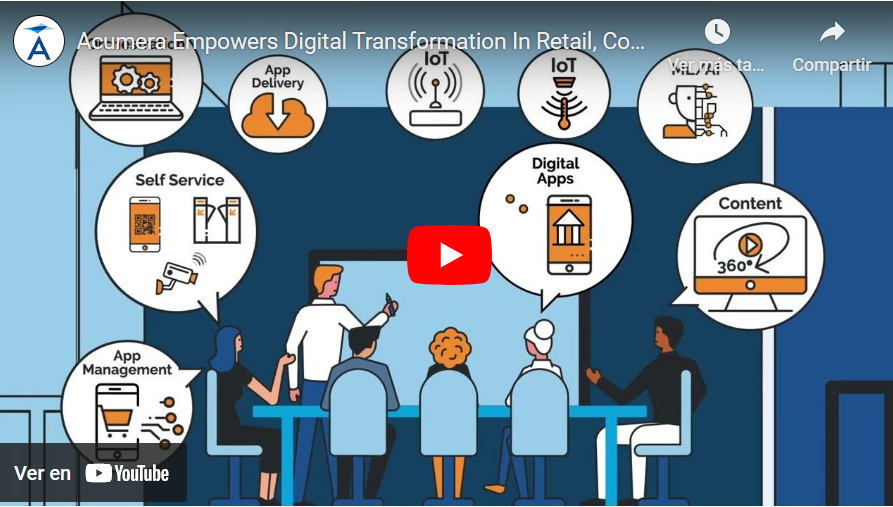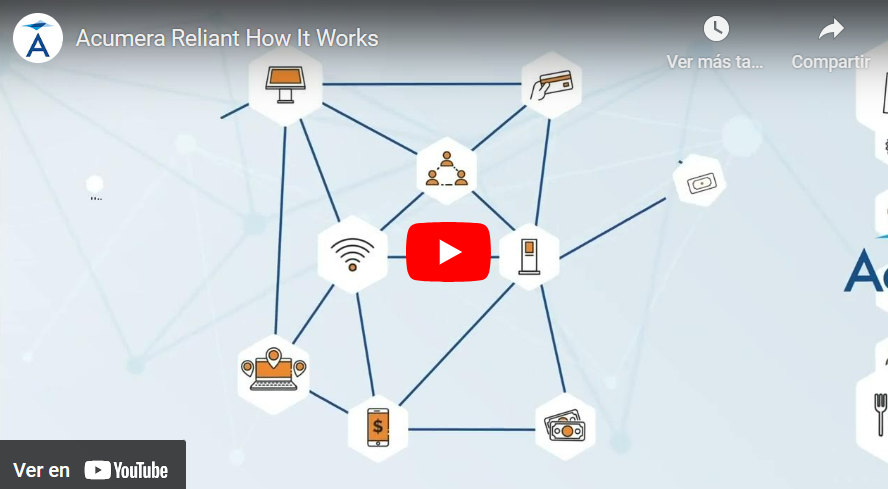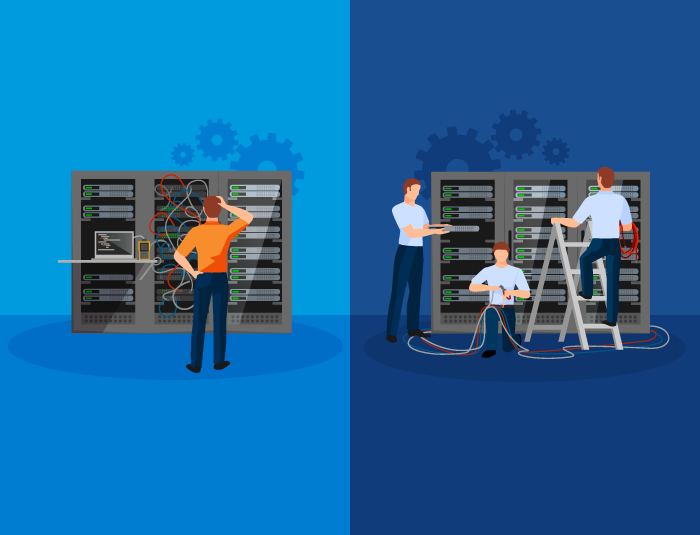

Over the years, I’ve worked with both retailers and Quick Service Restaurants (QSRs), and one thing is clear: QSRs cracked the code on scaling technology across hundreds or thousands of locations. They’ve done it by leveraging edge computing, managed network services, and virtualization to simplify operations, enhance security, and reduce IT costs.
Retailers are now facing the same digital transformation, and those who adopt similar strategies will gain a competitive edge.
How QSRs Optimized Their Networks with Edge Computing
Think about what happens during a QSR’s busiest hours—orders flying in from drive-thru kiosks, mobile apps, and in-store POS systems—all requiring instant processing, high security, and zero downtime.
To keep up, QSRs turned to cloud-managed, virtualized network infrastructure powered by edge computing.
Retailers face the same challenges, including:
- Managing in-store IoT devices (self-checkouts, digital signage, smart security).
- Ensuring real-time network visibility across multiple locations.
- Reducing downtime and cybersecurity risks while keeping IT costs manageable.
Just like QSRs, retailers can eliminate complexity by virtualizing their network functions—consolidating networking, security, and applications into a single, cloud-managed platform.
How Virtualized Firewalls & Managed Network Services Cut Costs
One of the biggest lessons from QSRs? You don’t need stacks of physical hardware at every store. Many QSRs have already transitioned to managed network services and virtualized firewalls—reducing costs while improving security and uptime.
Why It Works for Multi-Site Retail:
- Virtualized Firewalls eliminate expensive on-premise security appliances while ensuring enterprise-grade security.
- Managed Network Services take the burden off IT teams by handling network monitoring, compliance, and security updates.
- Consolidated Network & Security reduces vendor complexity and eliminates unnecessary on-site maintenance.
The Business Impact:
- Lower IT Costs – Virtualized solutions reduce hardware expenses and minimize costly downtime.
- Stronger Network Security – Managed services ensure real-time threat detection and PCI compliance.
- Improved Uptime & Performance – Applications, payments, and digital services run without disruption.
Retailers that embrace virtualized networking, edge computing, and managed network services can reduce IT complexity while unlocking new levels of efficiency and security.
Retailers Need to Evolve—Now
Retailers that modernize their infrastructure with edge computing and virtualized network solutions will be positioned to scale faster, secure smarter, and reduce IT costs.
QSRs already made this shift—and the benefits are undeniable. Now, it’s retail’s turn to adopt these game-changing technologies.
Ready to Modernize Like a QSR?
Discover how the Acumera Consolidated Edge™ helps multi-site retailers simplify operations, improve visibility, and reduce IT costs—all without sacrificing security.
QSRs have already made the leap—and the impact has been massive.
👉 Check out our QSR case study to see how it’s done.
👉 Request a Demo and see what edge computing can do for your business.





















